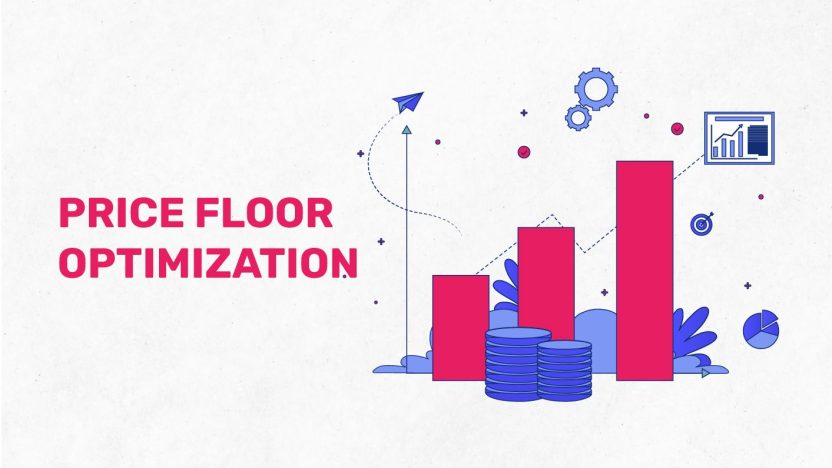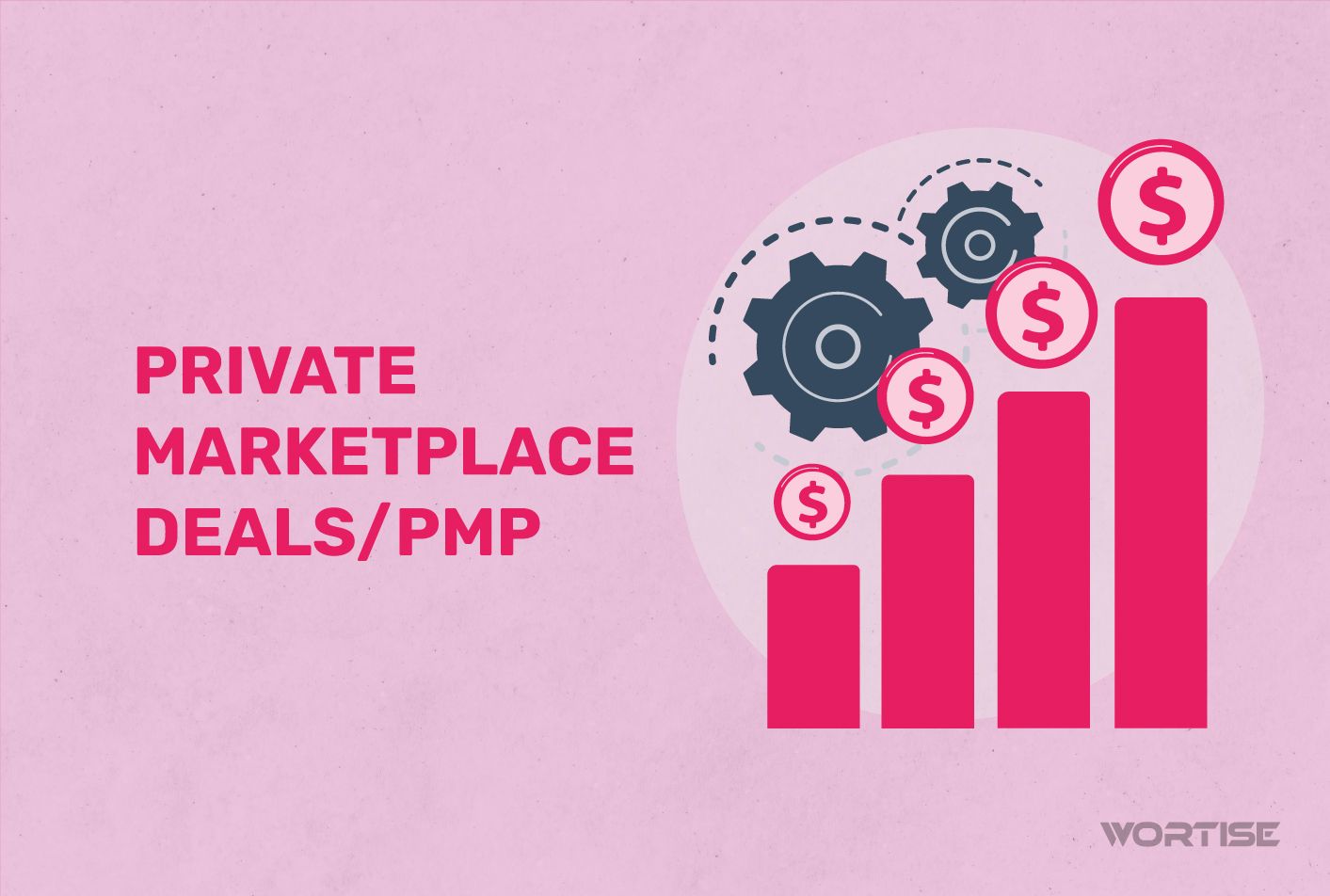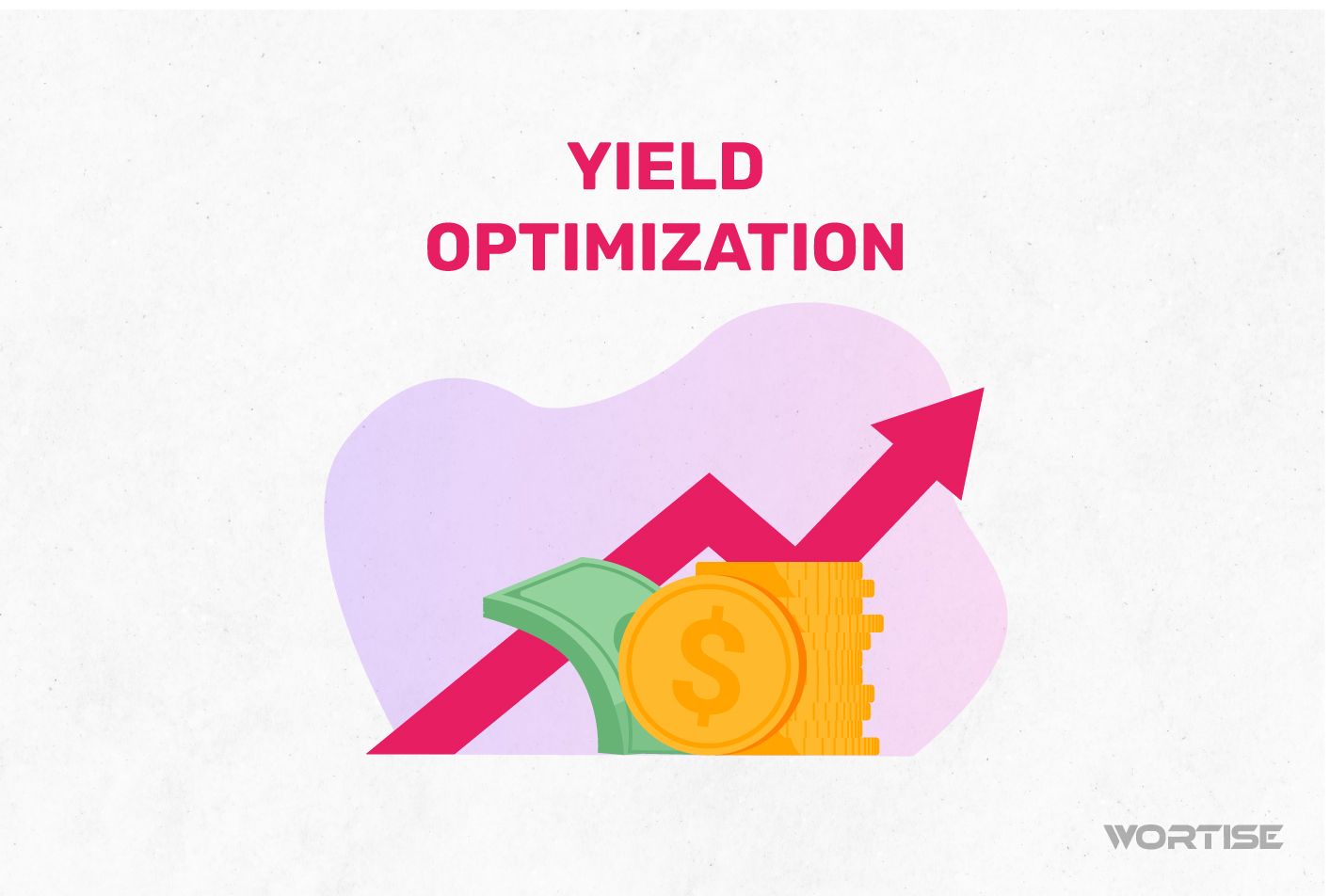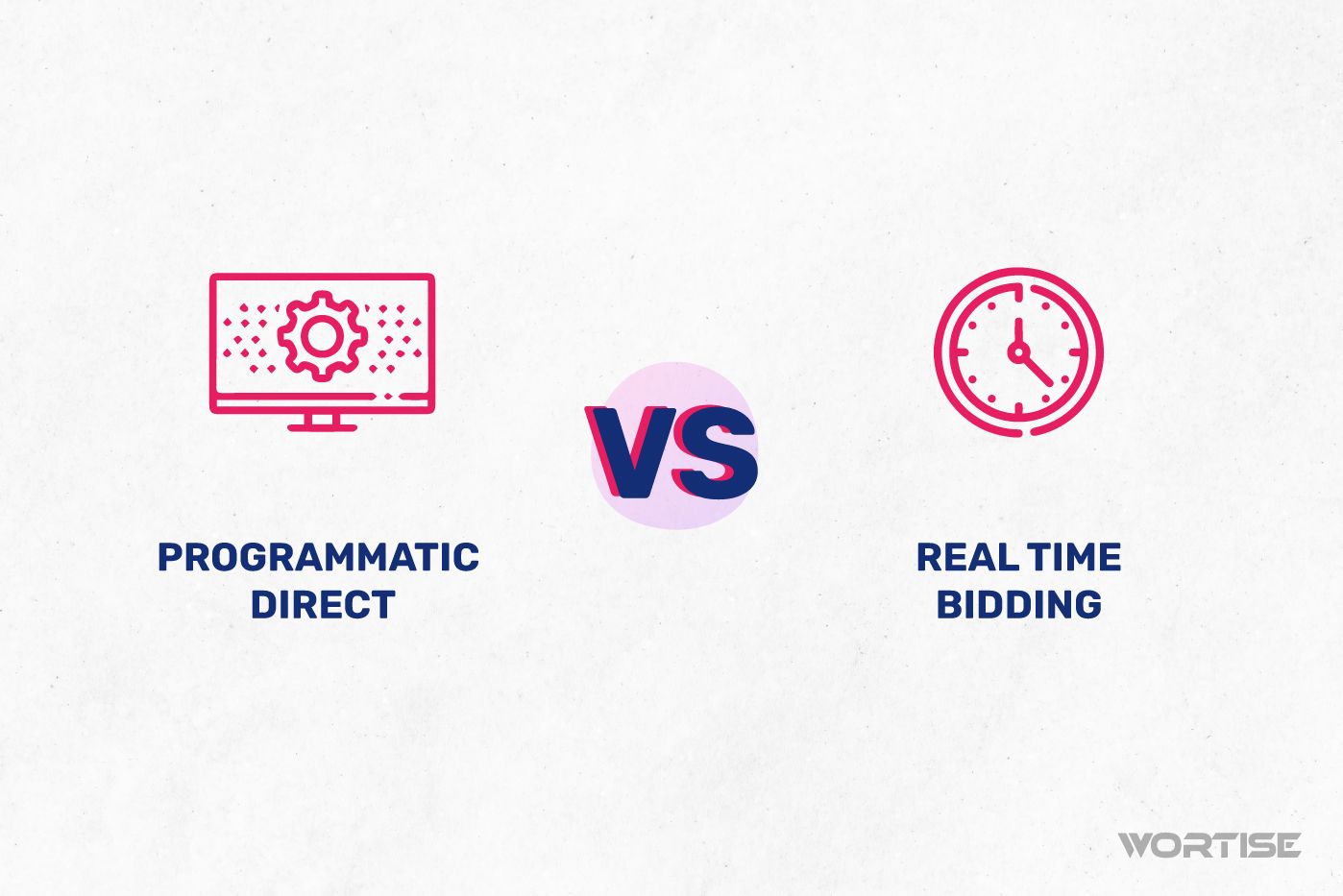In the world of programmatic advertising, there’s a fine line that can determine the success or failure of a monetization plan: price floor optimization. This is a valuable mechanism to ensure fair competition between advertisers and publishers.
Today, price floor optimization must be a top priority for any publisher: it’s a way to adapt to market reality and help preserve the value of their inventory. It functions as a filtering mechanism to ensure that ads aligned with each publisher’s objectives are displayed.
How can you succeed with minimum prices set for ad impressions? That’s what we want to talk to you about in this article. We’re sharing some tips for filtering out low-budget advertisers and boosting your earnings. Are you ready to learn?
What is Price Floor Optimization and How Does It Work?
Price floor optimization refers to the minimum value set for displaying ads within a mediation platform. It’s used as a strategy to maximize in-app advertising revenue.
For publishers, it ensures that their inventory is sold at a fair price that meets their expectations and provides proper compensation. For advertisers, price floor optimization lets them know how much they will pay to display ads for their project in an app or website.
In essence, optimized minimum prices aim to maximize the performance of ad impressions in a programmatic auction.
How Does Price Floor Optimization Work?
The strategy of optimized minimum pricing requires a tool to be implemented. That tool is a Supply Side Platform (SSP), a platform that allows publishers to sell their inventory in real time by setting minimum prices.
In general, the tactic of price floor optimization is based on the concept of real-time bidding (RTB). This is where the minimum price is considered the starting value.
In other words, by implementing a minimum price, publishers can control the minimum value and evaluate whether they’re willing to accept ads in their space or not.
For instance, if you, as a publisher, set a minimum price of $4 for a key space in your inventory, it will succeed in the auction only if the bid is $4 or higher. If it’s lower than that, the ad won’t be displayed. Remember that real-time auctions favor the best offers, much like an art auction in London or Paris.
To summarize how it works:
- Inventory Evaluation: The Supply Side Platform evaluates the publisher’s inventory, taking into account content type, location, and metrics.
- Minimum Price Establishment: After evaluating and considering the publisher’s objectives, minimum prices are set for different inventory segments.
- Auction: Buyers interested in displaying ads in that inventory participate in the real-time auction.
- Price Competition: This is where the interesting part starts. Buyers offer prices higher than the established minimum price to join the auction and try to win.
- Winner: At the end of the auction, the buyer who offered the highest price and meets the editor’s criteria is chosen. This way, the ad begins to be displayed to users.
Keep in mind that continuous experimentation and performance analysis are crucial for improving the strategy and achieving the best results.
Benefits of Applying Minimum Prices in Your App
Simply subjecting your inventory to a real-time auction is quite favorable. The price floor optimization strategy comes with several advantages that you should be aware of if you’re considering implementing it:
- Higher Revenue: The competitive environment created by minimum prices increases competitiveness and helps maximize publishers’ advertising revenue. You can obtain the best possible price for each ad impression, elevating your cost per mille (eCPM).
- Inventory Control: Having the ability to set minimum prices is an act of sovereignty. Each publisher gains greater control over the value of their inventory and prevents its devaluation.
- Efficient Optimization: Publishers can gather valuable information about auctions, ad prices, and performance. This data-driven optimization helps make informed decisions and adjust prices frequently based on results.
- Brand Prestige: By setting minimum prices, each publisher ensures they don’t harm their app’s reputation by avoiding irrelevant or low-quality ads that often come with very low prices. Remember: these are optimized prices, not giveaway prices.
- Flexibility: Another undeniable advantage is the ability to adjust minimum prices based on market fluctuations, seasons, or ongoing relevant events. This way, each publisher can attract cost-effective advertisers quickly.
8 Best Practices for Filtering Low-Budget Advertisers
According to Research And Markets data, the programmatic advertising market is projected to exceed $18 trillion by 2026, an impressive figure considering it currently hovers around $8 trillion.
Why mention this? Just to showcase the immense potential of programmatic advertising in this era. Advertisers are abundant, and it’s up to you to apply the best price floor optimization strategies to give your inventory fair value.
Follow these eight tips we’re about to share with you:
#1 Set Prices According to Market Dynamics
If there’s something that can help you increase the value of each impression, it’s keeping an eye on the market. Based on the demand you observe, take the initiative to raise the price of your inventory to take advantage of the most attractive offers.
Since the goal is to filter out low-budget advertisers, avoid setting astronomical prices for your ad space during periods of high demand. Remember that real-time auctions thrive on competition, with publishers like you seeking to attract advertisers with appealing prices.
It’s also valid to lower the prices of your ad segments if market demand is weak. This way, you ensure user engagement and maintain optimal fill rates.
#2 Analyze Historical Data
You can learn from others’ mistakes and successes. Therefore, a valuable tip is to examine past advertiser performance and available data, such as click-through rates (CTR), conversion rates, and generated revenue.
This will help you identify advertisers that have provided low performance and establish higher minimum prices for them. If that doesn’t prove feasible, you can consider excluding them from your inventory.




